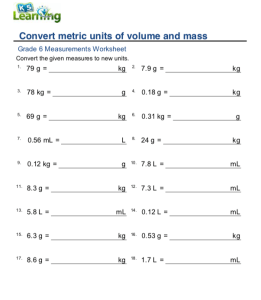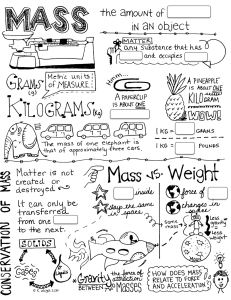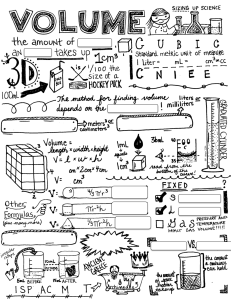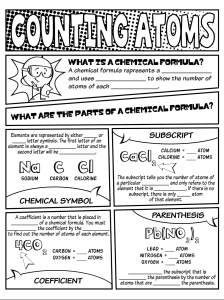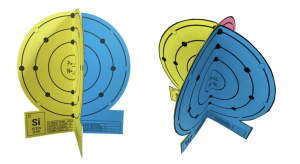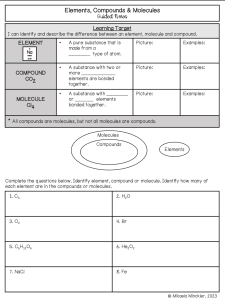Lesson Plans: Sept. 25th – 29th
Monday – We will learn how to convert metric units of volume and mass, and have a practice worksheet to complete with lesson.
Tuesday & Wednesday – We will take what we’ve learned on mass and volume in order to determine the density of an object. Students will learn how to calculate density and how an object’s density determines whether it will sink or float.
Thursday & Friday – We will begin looking at some of the physical characteristics of minerals, their composition, and how they occur naturally. Students will also learn how minerals are classified based on physical characteristics.
